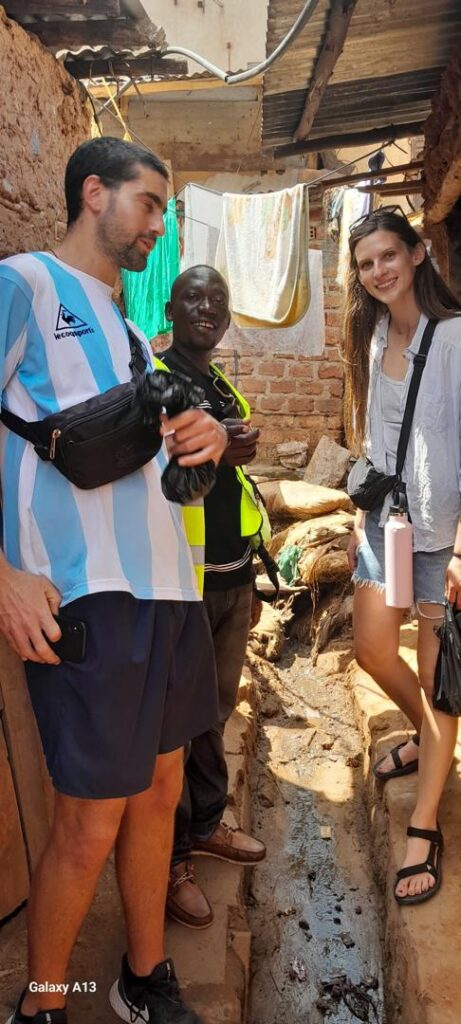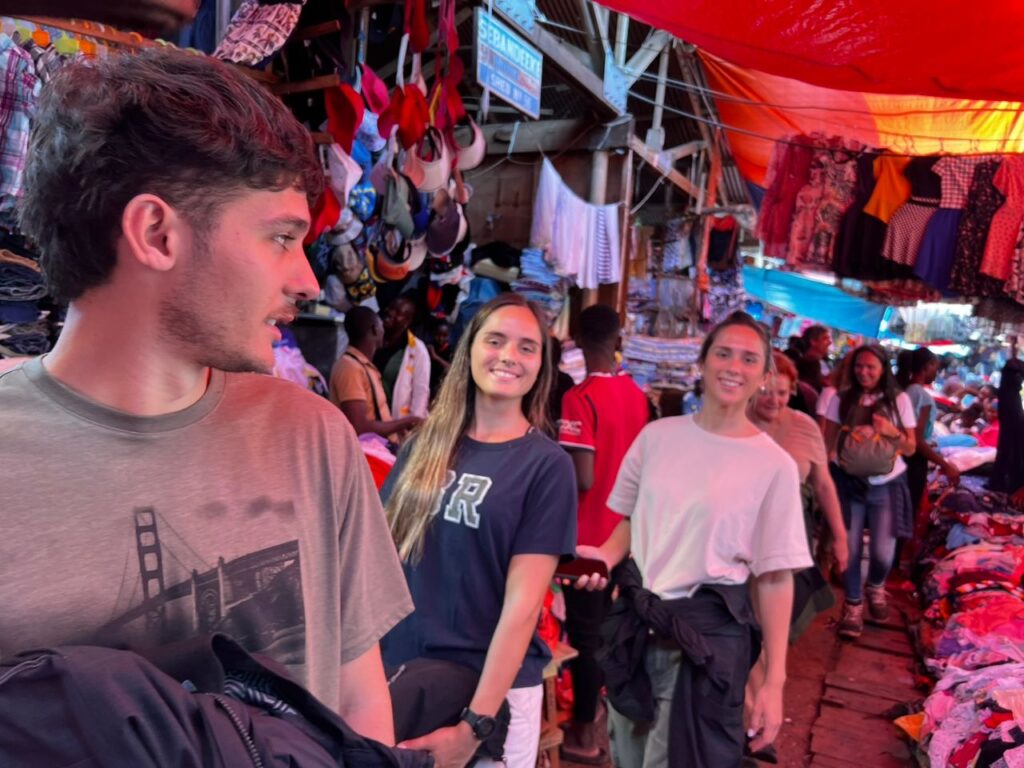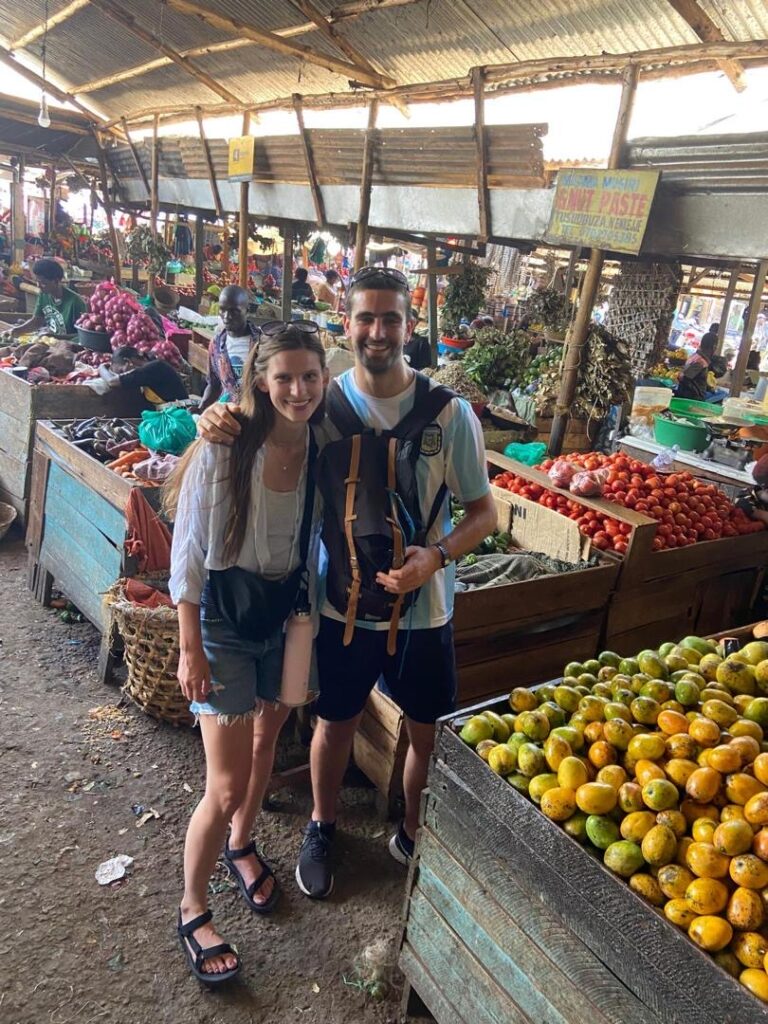Travel with Purpose. Slum tourism, when done ethically and respectfully, can offer a rare, meaningful look into real lives, far from the tourist brochures. If you’re interested in exploring these communities, consider partnering with Kampala city and slums tours to ensure your visit benefits the residents and fosters cross-cultural exchange. Kampala, Uganda’s dynamic capital, is a city of contrasts modern malls rise beside age-old markets, and luxury hotels overlook hills dotted with informal settlements. While travel guides often highlight the polished side of Kampala, there’s another part of the story one filled with resilience, culture, and untold history. If you’re an adventurous traveler or socially conscious tourist looking for an authentic cultural experience, here are 10 slum areas in Kampala that offer deep insight into the real pulse of the city, they are rich in human stories, crafts, and local enterprise. 1. Kisenyi slum Often dubbed Kampala’s Somali Quarter, Kisenyi is a bustling, multilingual neighborhood near downtown. Here, you’ll find informal markets, workshops, and street vendors serving spicy Somali dishes. Visitors interested in community-based tourism can explore artisan metalwork, tailoring, and engage in guided storytelling tours that highlight refugee and migrant experiences. You can also have a guided walking or motorbike tour to Gadafi mosque, king’s palace and also Owino market. 2. Katanga slum Tucked between Mulago and Makerere University, Katanga is home to students, small business owners, and families living in densely packed housing. NGOs occasionally offer walking tours and volunteer experiences here, making it a meaningful stop for those interested in social impact tourism. While in Katanga slum, you can have a visit to Makerere university Art gallery and Uganda museum. 3. Nakulabye Close to Makerere University, Nakulabye is energetic and noisy, known for its street food, informal trading, and nightlife spots popular with university students. It’s a great place for sampling local cuisine like Rolex (chapati and eggs) and exploring the entrepreneurial side of Kampala. While in Nakulabye, you can have a guided walking tour to Kasubi tombs. 4. Bwaise One of the most flood-prone slums in the city, Bwaise is also a hub of human ingenuity. Its network of drainage channels, makeshift houses, and vibrant community make it a powerful case study for urban resilience and innovation. It has nearby attractions like Bahai Temple (one of only eight in the world) and it is also good for photography. 5. Kamwokya slum Kamwokya is a unique blend of hardship and hope. It’s the childhood home of international pop star Bobi Wine and houses the Fire Base Crew music studio. It’s also home to the AfriArt Gallery and various youth-led arts initiatives. Perfect for those interested in creative tourism and local music culture. 6. Kasokoso slum Kasokoso is located in Kireka, just outside the city center. It is one of the fastest-growing informal settlements in Kampala’s eastern suburbs. Travelers with an interest in urban development or sociocultural research can explore community-led infrastructure projects and local faith-based centers. While in this slum, you can a have a walking tour to Banda market and nearby Mandela National stadium. Visitors can arrange educational tours with Kampala city and slum tours since this is near universities like Kyambogo university. 7. Namuwongo Slum Namuwongo, close to the upscale neighborhood of Bugolobi, is a study in contrasts. The area is a hotspot for NGOs and slum development programs. Guided community tours take visitors through micro-businesses, youth initiatives, and local slum schools, offering insight into how development and poverty coexist. 8. Mbuya slum Though known for its military barracks and middle-class sections, parts of Mbuya still face informal housing challenges. Mbuya Hill offers beautiful views over the city, and the neighborhood is historically significant as the seat of the Catholic Church’s early presence in Uganda. While in this area, you can visit Namugongo church on a boda-boda tour. 9. Kibuli slum Home to the historic Kibuli Mosque and a large Muslim community, Kibuli blends spirituality with urban challenges. Cultural visitors may enjoy religious tourism, mosque tours, and interacting with local herbal medicine vendors or visiting traditional Islamic schools,Kibuli Hill viewpoint, and Clock Tower. 10. Kanyanya slum When most travelers think of Kampala, Uganda’s bustling capital, they often imagine the lively craft markets, views of Lake Victoria, or the hilltop vibrance of places like Kololo and Nakasero. But just a few kilometers north of the city centre lies Kanyanya slum, a neighborhood that offers a very different, yet equally compelling perspective on life in Kampala. Within Kanyanya, you’ll find a mix of both middle-income housing and informal settlements, what locals often refer to as the Kanyanya slum. While the word slum might carry heavy connotations, stepping into this community reveals more than just hardship. It reveals stories of resilience, ingenuity, vibrant culture, walking tour and boda-boda tour in Kampala slums.Top 10 slums in Kampala city.








